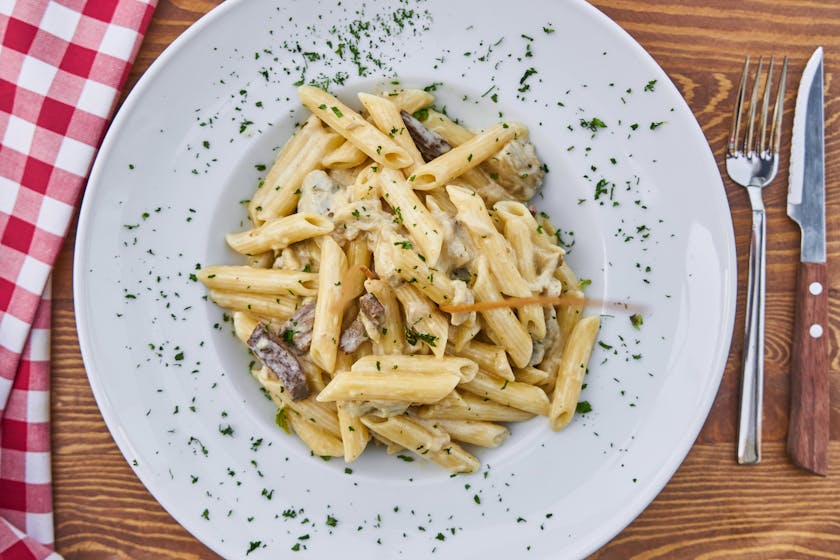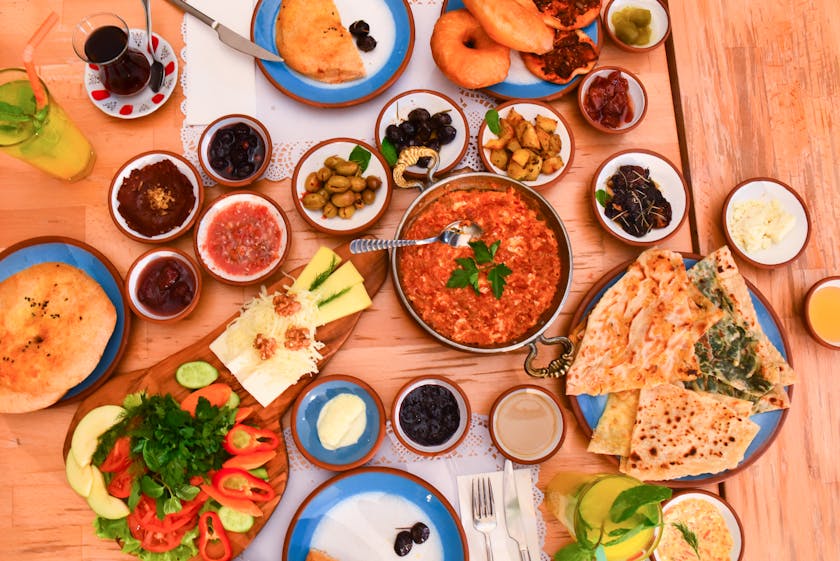If you’re looking to streamline your kitchen routine, organizational tips for efficient meal prep can save you time and reduce stress. With a little planning and some clever strategies, you can make once-a-month cooking a breeze.
Start with a Solid Plan
Before you even think about stepping into the kitchen, the key to successful meal prep is a well-thought-out plan. Decide on the recipes you’ll be making for the month, ensuring variety and nutrition. Create a detailed shopping list to avoid multiple trips to the grocery store and to stay on budget.
Inventory Your Kitchen
Take stock of your pantry, fridge, and freezer. Knowing what you already have can prevent overbuying and lets you plan meals around ingredients that need to be used up. This step is vital in maximizing efficiency.
Choose the Right Containers
Select a variety of containers that are freezer-friendly and microwave-safe. Clear containers with tight-fitting lids are ideal because they let you see what’s inside and stack neatly, saving space.
Label Everything
Use labels to mark containers with the contents and date of preparation. This will help you keep track of what you have and ensure that you use the oldest meals first, reducing food waste.
Prep in Stages
Break down your meal prep into manageable tasks. Start by washing and chopping all your vegetables, then move on to cooking grains and proteins. By batching similar tasks, you’ll save time and clean up less.
Efficient Cooking Techniques
Opt for cooking methods that allow you to prepare multiple items at once. For example, bake several chicken breasts in the oven while a pot of chili simmers on the stove. Consider using a slow cooker or pressure cooker for hands-off cooking.
Organize Your Workspace
Keep your kitchen counters clear and your tools within easy reach. Having a tidy workspace will help you move quickly and efficiently through your prep.
Maximize Your Time
While waiting for things to cook, start on another task, such as assembling salads or snacks. You can also use this time to clean up, so you’re not left with a mountain of dishes at the end.
Freeze with Care
Allow cooked food to cool completely before freezing to maintain quality and prevent freezer burn. Freeze meals in portions that make sense for you or your family. This way, you only defrost what you need, when you need it.
Thawing and Reheating
Plan for thawing by transferring meals from the freezer to the fridge the night before you intend to eat them. Reheat meals safely, ensuring they reach the appropriate temperature to enjoy a delicious, home-cooked meal with minimal effort.
By following these organizational tips for efficient meal prep, you can transform your monthly cooking sessions into a streamlined, stress-free process. Not only will you save time and money, but you’ll also enjoy the benefits of home-cooked meals every day of the month.


